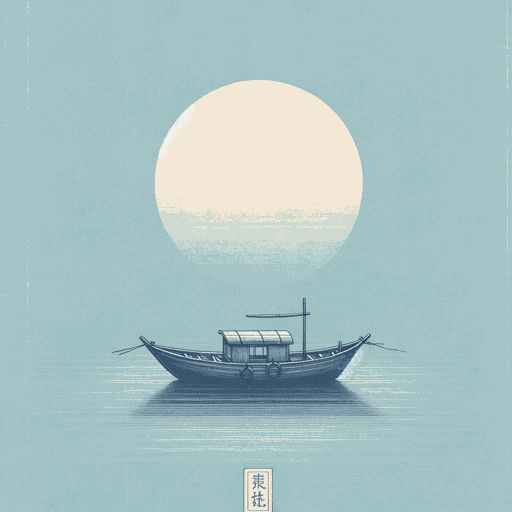68 pages • 2 hours read
Erika LeeThe Making of Asian America: A History
Nonfiction | Book | Adult | Published in 2015A modern alternative to SparkNotes and CliffsNotes, SuperSummary offers high-quality Study Guides with detailed chapter summaries and analysis of major themes, characters, and more.
Part 2, Chapters 5-6Chapter Summaries & Analyses
Part 2: “The Making of Asian America During the Age of Mass Migration and Asian Exclusion”
Chapter 5 Summary: “Japanese Immigrants and the ‘Yellow Peril’”
During the Edo period, Japan largely remained closed to the world and only traded with China and the Netherlands. Emigration was banned until 1858, after US Commodore Matthew C. Perry arrived in Japan and opened that country through gunboat diplomacy. In the late 19th century, Japanese immigration to the US occurred for socioeconomic reasons, such as population growth, and overlapped with the Chinese counterpart.
The Issei, first-generation Japanese Americans, “tried to become American while also maintaining strong connections to Japan” (109). Many Japanese farmers got recruited to work in Hawaii on sugar plantations, while others went to the continental US. As was the case with China, most immigrants were young men whose intention was to return. When settling in the US in the early 20th century, Japanese men used matchmakers of the yobiyose (“called immigrant”) system to find wives. Like the Chinese, the photographs sent to their prospective wives in Japan were sometimes enhanced, and their social status was exaggerated.
Unlike the Chinese, Japanese immigrants were usually processed swiftly at Angel Island. However, their lives were filled with “hard, endless work” in Hawaii (114). Japanese women had to work to help their husbands, take care of the household and children, and even cook for the other laborers.
Featured Collections
Asian American & Pacific Islander...
View Collection
Books on U.S. History
View Collection
Colonialism & Postcolonialism
View Collection
Community
View Collection
Contemporary Books on Social Justice
View Collection
Globalization
View Collection
Immigrants & Refugees
View Collection
Politics & Government
View Collection
SuperSummary Staff Picks
View Collection

